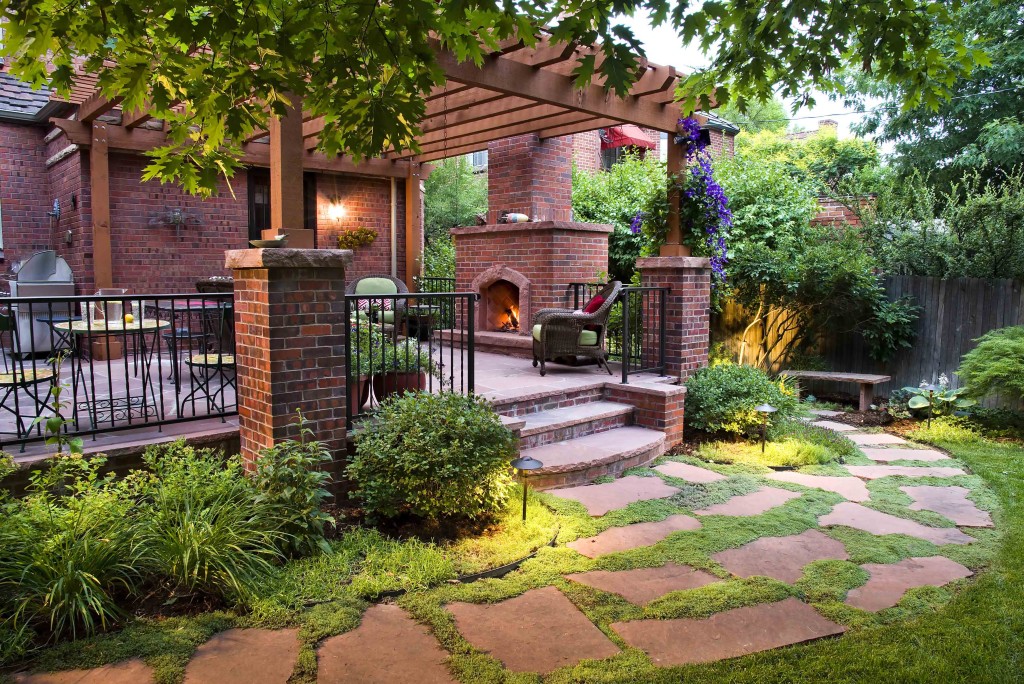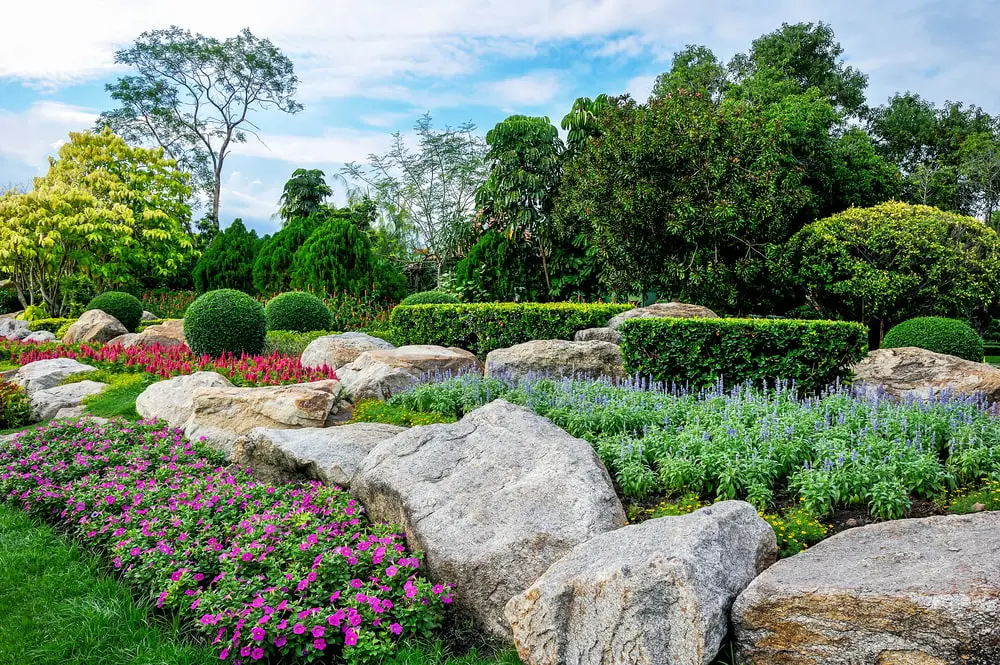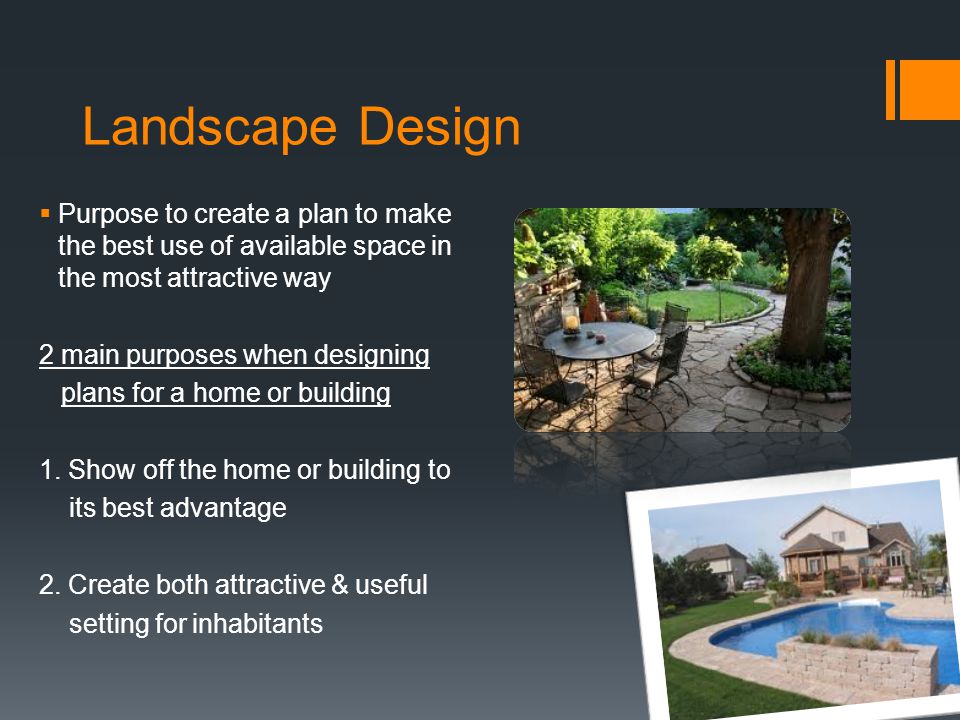The Definitive Guide for Hilton Head Landscapes
Table of ContentsSome Known Factual Statements About Hilton Head Landscapes Not known Facts About Hilton Head LandscapesGetting The Hilton Head Landscapes To WorkGet This Report about Hilton Head LandscapesThe Hilton Head Landscapes IdeasNot known Facts About Hilton Head LandscapesNot known Details About Hilton Head Landscapes Unknown Facts About Hilton Head Landscapes
Kind compatibility is also a major element of unity in designone or two noticeably various forms benefit contrast and focus, but usually all other types should have some similarities for an unified look. Structure refers to how rugged or great the surface of the plant or hardscape product really feels and/or looks.
Instances of plants with crude texture include philodendrons, agaves, bromeliads, hollies, hands, and hydrangeas. Qualities that develop fine structure include little foliage; thin, strappy leaves (lawns) or tall, slim stems; little, dense twigs and little branches; long stems (creeping plants); and small, fragile flowers.
The 45-Second Trick For Hilton Head Landscapes
Many plants are average texture, in that they can not be explained as having either rugged or fine texture. Medium-textured plants act as a background to link and link the rugged- and fine-textured plants.

To make an area really feel smaller sized, place the crude textures along the external boundary and the great textures closest to the viewer. The detail of the coarse appearance makes the plants show up closer and makes the room feel smaller sized. The perceived structure of plants can also transform with the distance from the plant.
The 5-Minute Rule for Hilton Head Landscapes
Vibrant colors increase the contrast and make the structure show up coarser, while low-key shades can squash texture. Hardscape with a rugged texturesuch as really rough rocks and bold, huge timberstends to make all plant material appear a lot more moderate textured. Designers frequently establish an appearance study (Number 8) on paper to help make a decision the arrangement of plant materials.
Number 8. Appearance study. Color in plant material and hardscape adds interest and variety to the landscape. Color is one of the most obvious component in the landscape and is normally the emphasis of the majority of homeowners; nonetheless, it is also one of the most short-lived element, usually lasting only a couple of weeks a year for specific plants.
The Buzz on Hilton Head Landscapes
An easy description of the shade wheel includes the three primary shades of red, blue, and yellow; the three additional shades (a mix of 2 primaries) of environment-friendly, orange, and violet; and six tertiary colors (a mix of one nearby key and secondary color), such as red-orange. Shade concept discusses the partnership of shades to each other and exactly how they must be made use of in a structure.

Analogous (sometimes called unified) color pattern are any type of 3 to five colors that are adjacent on the shade wheel, such as red, red-orange, orange, yellow-orange, and yellow, or blue, blue-violet, and violet (landscape design hilton head). The colors are related per various other due to the fact that they normally consist of two primaries blended to create a secondary and two tertiary colors, which means they share common properties
Complementary colors are usually discovered naturally in flowers; a typical set is yellow and violet. Shade is found in the blossoms, vegetation, bark, and fruit of plants.
The Single Strategy To Use For Hilton Head Landscapes
Green vegetation in all its numerous shades is the leading color by quantity, yet other colors catch attention extra easily because of their high contrast to the shade green. Color is likewise found in buildings, rocks, pavers, timber, and furniture. Most colors in natural materials, such as rock and timber, are generally soft and often tend to be variants of brownish, tan, and pale yellow.
Colors have properties that can influence feelings, spatial understanding, light high quality, equilibrium, and focus. Cool shades have a tendency to be soothing and should be used in locations for relaxation and calmness.
Hilton Head Landscapes Fundamentals Explained
Trendy colors have a tendency to decline and are regarded as being further away, making a space feel bigger. Shade can also be made use of to capture interest and straight sights.
As an example, brilliant yellow, which has the highest possible intensity, also has a high comparison with all other colors (commonly referred to as a "pop" of color) and must be made use of sparingly. A percentage of extreme shade has as much aesthetic weight as a large amount of a much more subdued or weaker color.
Similar (sometimes called unified) color design are any three to five colors that are nearby on the color wheel, such as red, red-orange, orange, yellow-orange, and yellow, or blue, blue-violet, and violet. The colors are related to each other due to the fact that they generally include 2 primaries mixed to create a second and 2 hop over to here tertiary colors, which means they share usual residential properties.
3 Easy Facts About Hilton Head Landscapes Shown
They tend to have high contrast between them. The most common collections are violet and yellow, red and green, and blue and orange. Complementary colors are typically discovered normally in blossoms; a typical set is yellow and violet. Color is located in the flowers, vegetation, bark, and fruit of plants.
Green vegetation in all its different shades is the dominant shade by quantity, but other colors capture interest more easily due to their high contrast to the shade green - bluffton landscaping - https://www.indiegogo.com/individuals/37931614. Color is likewise located in structures, rocks, pavers, timber, and furnishings. Many colors in natural materials, such as rock and timber, are commonly soft and tend to be variants of brownish, tan, and light yellow
Getting The Hilton Head Landscapes To Work
Shades have properties that can affect emotions, spatial assumption, light high quality, balance, and emphasis. Cool shades have a tendency to be relaxing and ought to be made use of in locations for leisure and tranquility.
Amazing shades tend to recede and are regarded as being further away, making an area really feel larger. Shade can likewise be made use of to record interest and straight sights - https://www.provenexpert.com/steven-gonzales/?mode=preview.
For instance, brilliant yellow, which has the highest strength, likewise has a high contrast with all various other shades (typically defined as a "pop" of color) and need to be conserved. A percentage of extreme shade has as much aesthetic weight as a large quantity of a much more restrained or weaker color.